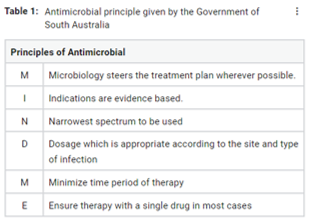Abstract
Antibiotic resistance is considered a grievous danger to the well-being of common people owing to the growing trend of prescribing antibiotics. In reality, this threat is suitably referred to as a “ticking time bomb” necessitating quick interventions. Antibiotic resistance is not entirely recognized worldwide but is seen to affect poorer countries with inadequate and weaker healthcare systems. Regrettably, dentists still continue prescribing antibiotics to patients with an endodontic cause such as periapical abscesses & irreversible pulpitis, which requires only operative procedures. When we talk about the endodontic cause, antibiotics are prescribed widely systemically and locally as well. Intracanal medicaments, irrigant containing antibiotics, medicated sealer & medicated gutta percha comprises of the local mode of taking antibiotics, which enables dentist in aiming microorganisms in every single crook & bend of a root canal, which remains unreachable if done by usual RCT protocols. Instead of using Triple antibiotic paste in patients, to avoid antimicrobial resistance, calcium hydroxide can also be added. The fundamental base for substantial endodontic treatment comprises of complete debridement of the root canals which are infected along with drainage of hard and soft tissues. Even after achieving adequate debridement & drainage, the literature showed that prescribing antibiotics collaterally did not show any added therapeutic effect in preventing or resolving the signs & symptoms occurring during an endodontic infection. The objective of this current article is to comment about the over usage of antibiotics before and during endodontic management, its impact on antibiotic resistance, and crucial methods needed to prevent and manage the antibiotic abuse during endodontic treatment.
Full text article
Authors

This work is licensed under a Creative Commons Attribution-NonCommercial-NoDerivatives 4.0 International License.

